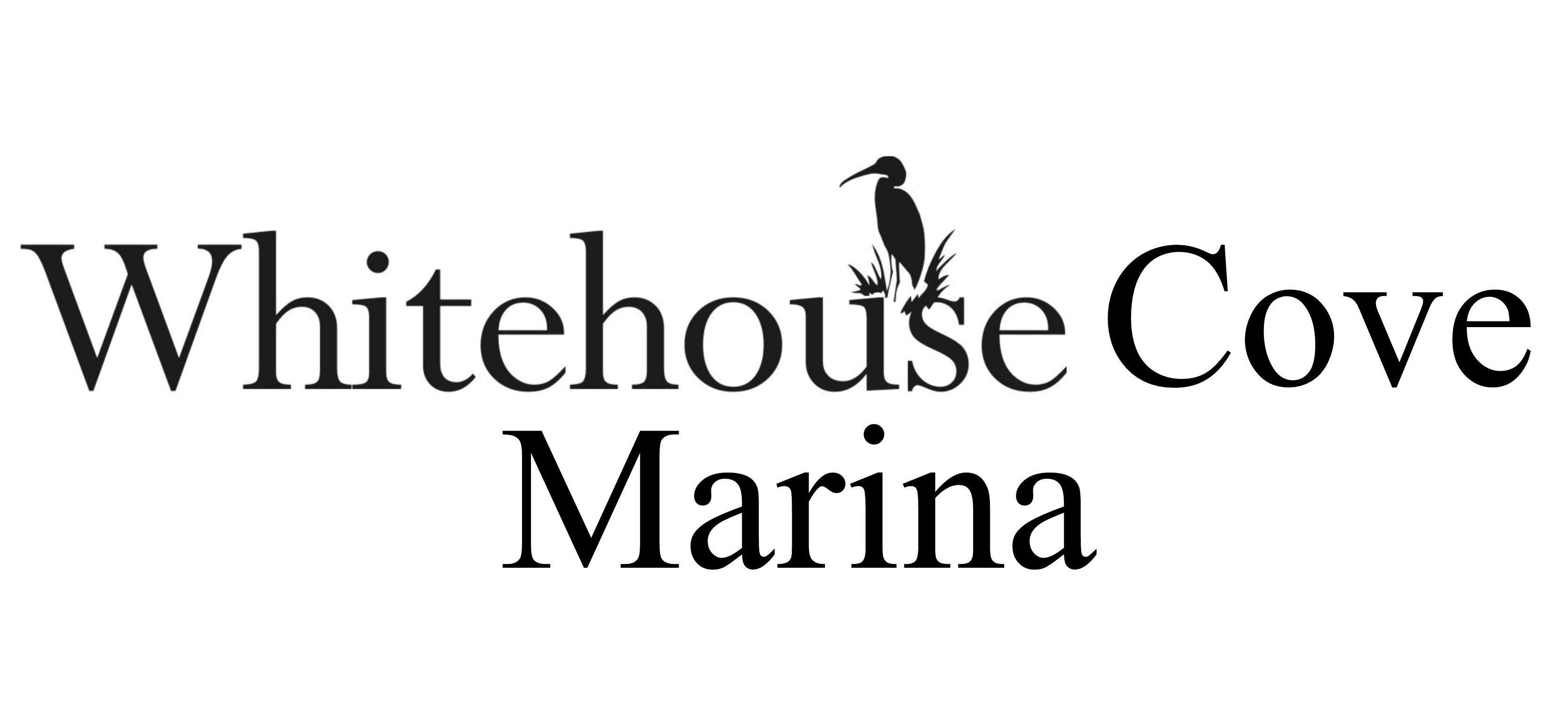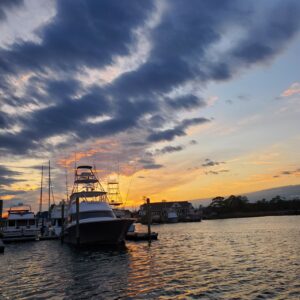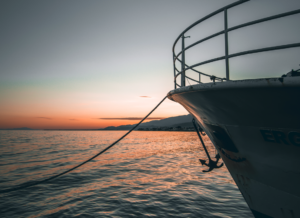Fishing Etiquette on the Chesapeake Bay
The Chesapeake Bay, renowned for its tranquil waters and abundant marine life, beckons anglers from far and wide. Yet, in our pursuit of the perfect catch, it is crucial to discuss the importance of fishing etiquette. This means respecting not only the water that cradles our boats but also the delicate environment that thrives beneath the surface, and of course, our fellow anglers. In this blog post, we will explore the significance of upholding these principles while celebrating the Chesapeake Bay as a premier fishing destination in America.
By respecting the water, the environment, and our fellow anglers, we ensure that the Chesapeake Bay remains a haven of natural beauty, where ethical fishing practices foster camaraderie and environmental stewardship.
The Beauty of the Chesapeake Bay
The Chesapeake Bay, stretching across six states and the District of Columbia, stands as a true haven for anglers. Its diverse ecosystem offers opportunities to catch a wide array of fish species, from striped bass and bluefish to crabs and oysters.
The Bay’s captivating scenery, featuring picturesque shorelines, marshes, and open waters, only enhances its charm. Its rich cultural history and the spirit of adventure it offers make it an irresistible destination for fishing enthusiasts. To keep the Chesapeake Bay thriving, it is up to us to engage in ethical and responsible fishing practices. This ensures that the Chesapeake Bay remains a sanctuary for marine life and a cherished destination for anglers for years to come.
The Environment and Conservation
The Fragile Ecosystem of the Chesapeake Bay
The Chesapeake Bay is home to a delicate and intricate ecosystem that thrives beneath its shimmering surface. This ecosystem is home to many species, from fish and crabs to oysters and seagrasses, each playing a crucial role in maintaining the bay’s ecological balance. Responsible angling practices are necessary to safeguard this ecosystem.
Improper handling of fish, habitat disruption, and overfishing can have negative effects on the bay’s biodiversity. As anglers, we must recognize our role to minimize our impact to ensure that future generations can continue to enjoy the Chesapeake Bay’s natural beauty.
The Importance of Catch-and-Release Practices
Catch-and-release practices are pivotal in preserving the fish populations that inhabit the Chesapeake Bay. By releasing undersized or non-target species, anglers contribute to the sustainability of these populations.
This responsible approach helps fish stocks replenish, ensuring that there will always be a healthy population for anglers to enjoy. It’s a small sacrifice for immediate gratification in exchange for the long-term health of the bay’s aquatic life. Implementing catch-and-release practices not only demonstrates ethical angling but also contributes to the conservation of the Chesapeake Bay’s vibrant ecosystem.
The Impact of Litter and Pollution
Litter and pollution pose significant threats to the Chesapeake Bay’s well-being. Irresponsibly discarded fishing gear, plastic waste, and other pollutants can disrupt the ecosystem and harm aquatic life. Discarded fishing lines and nets can entangle and injure marine creatures, while plastic debris can be ingested by fish and other species, leading to widespread ecological damage.
Pollution, including chemicals and nutrient runoff, can lead to harmful algal blooms and oxygen depletion, further endangering the bay’s inhabitants. Anglers must be acutely aware of their surroundings and commit to responsible waste disposal practices to minimize the devastating impact of litter and pollution on this vital ecosystem.
Proper Gear and Licenses for Chesapeake Bay Fishing
The Significance of Having the Right Fishing Gear and Licenses
Having the right fishing gear and licenses is not just a matter of convenience; it’s a fundamental aspect of responsible angling. Proper fishing gear ensures that you are equipped to handle the specific type of fishing you plan to do, whether it’s casting for bass, trolling for striped bass, or crabbing. Using the appropriate fishing gear helps prevent unintentional harm to non-target species and minimizes environmental disruption.
Additionally, having the required licenses is not just a legal obligation but also a means of contributing to conservation efforts. The fees collected from fishing licenses often go towards supporting wildlife management programs and maintaining the health of the Chesapeake Bay’s aquatic ecosystem.
Adhering to Size and Bag Limits to Conserve Fish Populations
Adhering to size and bag limits is a critical component of responsible angling, directly contributing to the conservation of fish populations in the Chesapeake Bay. These limits are established by fisheries management authorities to ensure that fish populations remain sustainable. By respecting these limits, anglers help protect the future of the species they target. It allows fish to reach maturity and reproduce, maintaining healthy populations for years to come. It’s a proactive approach to conserving the bay’s biodiversity and ensuring that anglers can continue to enjoy abundant fishing opportunities.
Obtaining Necessary Fishing Licenses
To obtain the necessary fishing licenses for the Chesapeake Bay, anglers can typically do so through their state’s respective department of natural resources or an authorized licensing agent. It’s essential to research and understand the specific requirements and regulations for the region in which you plan to fish, as licensing details may vary by state and even by species.
Respect for Fellow Anglers
Etiquette of Sharing Fishing Spots with Other Anglers
Sharing fishing spots with fellow anglers is an essential part of responsible fishing etiquette. On the Chesapeake Bay, where popular fishing locations can become crowded, it’s crucial to be considerate.
First and foremost, approach other anglers with respect and a friendly demeanor. When arriving at a fishing spot, assess the situation and determine if there is enough space for multiple anglers. If space is limited, politely ask if it’s okay to share the area or ask if there’s an ideal distance to maintain. Remember that sharing fishing knowledge, tips, and camaraderie with others can enhance the experience for everyone. Always prioritize safety and respect for fellow anglers when choosing where to cast your line.
Maintaining Appropriate Distances Between Fishing Boats
When it comes to maintaining appropriate distances between fishing boats, it’s all about common courtesy and safety on the water. Respect the personal space of other boaters and anglers by keeping a safe distance. Crowding or encroaching on someone else’s fishing territory can lead to frustration and conflicts. Be mindful of your boat’s wake, as it can disrupt other anglers and their lines. It’s essential to maintain a distance that allows everyone to fish comfortably without feeling crowded or in competition. Practicing patience and communication on the water is key to ensuring a positive and enjoyable fishing experience for all.
The Importance of Quiet and Courteous Behavior on the Chesapeake Bay
Quiet and courteous behavior on the Chesapeake Bay is not only a matter of etiquette but also a means of respecting the tranquility of the Chesapeake Bay’s natural surroundings. Avoid loud conversations, excessive noise, or disruptive activities that can disturb not only fellow anglers but also the wildlife in the area.
Keep in mind that many anglers value the serene environment of the bay and the opportunity to connect with nature. Additionally, be considerate of other boaters by following posted speed limits and no-wake zones. A calm and courteous approach to your time on the water not only enhances your fishing experience but contributes to a harmonious and respectful atmosphere for everyone sharing the Chesapeake Bay’s aquatic playground.
Safety on the Chesapeake Bay
The Significance of Boating Safety, Including Life Jacket Usage
Boating safety is crucial when enjoying the Chesapeake Bay, and the use of life jackets cannot be stressed enough. Life jackets are not just pieces of equipment; they are lifesavers. Even experienced boaters can encounter unexpected situations on the water, and a life jacket can make all the difference.
Always ensure that every passenger on your boat has access to a properly fitting life jacket, and encourage their consistent usage. This small but critical precaution can prevent accidents from becoming tragedies. It’s a responsibility that every boater should uphold to ensure that they, their passengers, and fellow boaters can safely enjoy the Chesapeake Bay’s waters.
The Etiquette of Yielding the Right of Way and Avoiding Boat Congestion
Navigating the Chesapeake Bay’s waters with courtesy and awareness is essential to maintaining safety and harmony among boaters. When encountering other vessels, it’s important to understand and follow the rules of right of way. Yield to vessels that have the right of way to avoid unnecessary conflicts and ensure a smooth flow of traffic.
Avoid boat congestion by giving other boaters ample space and maintaining a safe distance between vessels. In areas where fishing is prevalent, be particularly mindful of anglers and their lines. Show respect for their fishing spots and give them a wide berth. By adhering to these etiquette guidelines, boaters can navigate the bay’s waters with efficiency and courtesy.
Tips on How to Navigate Safely in Busy Fishing Areas
Navigating safely in busy Chesapeake Bay fishing areas requires a combination of awareness and consideration. First and foremost, reduce your speed when approaching these areas to minimize the risk of creating wakes that could disrupt anglers. Keep a keen eye on buoys and markers that indicate underwater structures and fishing zones, and respect these boundaries. Communicate with other boaters and anglers using marine VHF radios or hand signals to coordinate movements and avoid collisions. Be patient, especially when waiting your turn at popular fishing spots.
Lastly, be prepared to adapt your route or slow down in response to changing fishing conditions or the presence of boats anchored or drifting nearby. Navigating safely in busy fishing areas ensures a positive experience for all boaters while preserving the integrity of the Chesapeake Bay’s thriving fishing community.
Cleaning Up After Your Chesapeake Bay Boating Trip
Encouraging Anglers to Clean Up After Themselves
Leaving no trace should be a mantra for every angler on the Chesapeake Bay. Properly disposing of trash, bait containers, and any waste materials is not just a responsibility but a reflection of our commitment to preserving this pristine environment of the Chesapeake bay. Always carry trash bags on your fishing trips and make it a habit to collect all trash, including used bait containers, discarded lines, and any other refuse. Dispose of these items responsibly when you return to shore.
Benefits of Participating in Local Clean-Up Efforts and Conservation Initiatives
Beyond personal cleanup responsibilities, anglers can actively contribute to the conservation of the Chesapeake Bay by participating in local clean-up efforts and conservation initiatives. Joining organized clean-up events not only helps remove larger debris and pollutants but also demonstrates solidarity within the fishing community to protect our precious waterways. Many conservation organizations and local agencies actively engage in bay restoration projects, habitat preservation, and water quality improvement initiatives.
That’s a Wrap! Key Points of Fishing Etiquette on the Chesapeake Bay
Fishing etiquette on the Chesapeake Bay revolves around respecting the environment, fellow anglers, and the cherished waterways. It emphasizes responsible angling practices that include:
- Respecting the fragile ecosystem: Recognize the delicate balance of the Chesapeake Bay’s ecosystem and practice responsible fishing to minimize harm to marine life and the environment.
- Embracing catch-and-release: Contribute to fish population conservation by practicing catch-and-release, ensuring the sustainability of the bay’s aquatic life.
- Proper gear and licenses: Equip yourself with the right gear and fishing licenses to minimize environmental disruption and support conservation efforts.
- Considerate sharing of fishing spots: Be courteous when sharing fishing spots with others, and communicate with fellow anglers to avoid conflicts and promote camaraderie.
- Safe boating and maintaining distances: Prioritize safety on the water by using life jackets, yielding the right of way, and maintaining appropriate distances between boats.
- Quiet and courteous behavior: Maintain a peaceful atmosphere by avoiding excessive noise and disruptive activities that may disturb fellow anglers and wildlife.
The Importance of Responsible Angling Practices
Responsible angling practices are paramount for the preservation of the Chesapeake Bay’s natural beauty and vitality. By adhering to these etiquette guidelines, anglers contribute to:
- The conservation of marine life and ecosystems
- The sustainability of fish populations
- The reduction of litter and pollution in the bay
- The fostering of a respectful and enjoyable environment for fellow anglers
- Respecting the Water, Environment, and Fellow Anglers
Respecting the Chesapeake Bay goes beyond its recreational value—it requires recognizing it as a fragile ecosystem deserving of preservation. The Chesapeake Bay marine environment is a living entity that needs our care and guardianship.
Embrace Chesapeake Bay Fishing Guidelines
On your next fishing excursion to the Chesapeake Bay, we urge you to embrace these etiquette guidelines wholeheartedly. By doing so, you play a pivotal role in preserving the bay’s unparalleled beauty and sustainability. Let responsible angling practices become second nature, ensuring that the Chesapeake Bay remains a cherished destination for anglers and a thriving ecosystem for the generations that follow. Together, we can safeguard this natural wonder for years to come.



